There are a lot of rules and guidelines that developers need to understand.
These rules apply to building, construction and development activities, with information on when you might need a resource consent, useful links, relevant dates and answers to frequently asked questions.
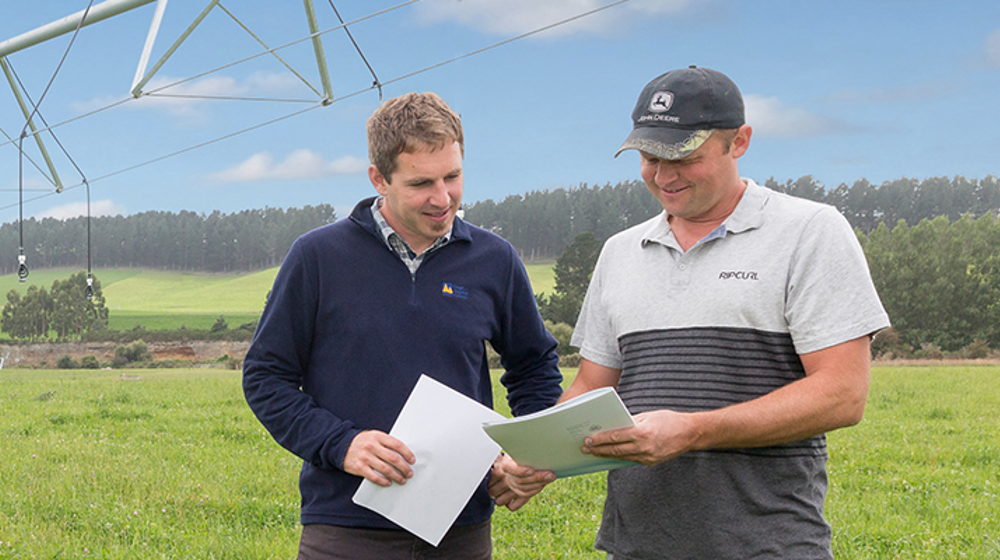
Consent enquiries
Our consent team is here to help you understand everything about resource consents, when you need one, what the rules are, and how to apply.
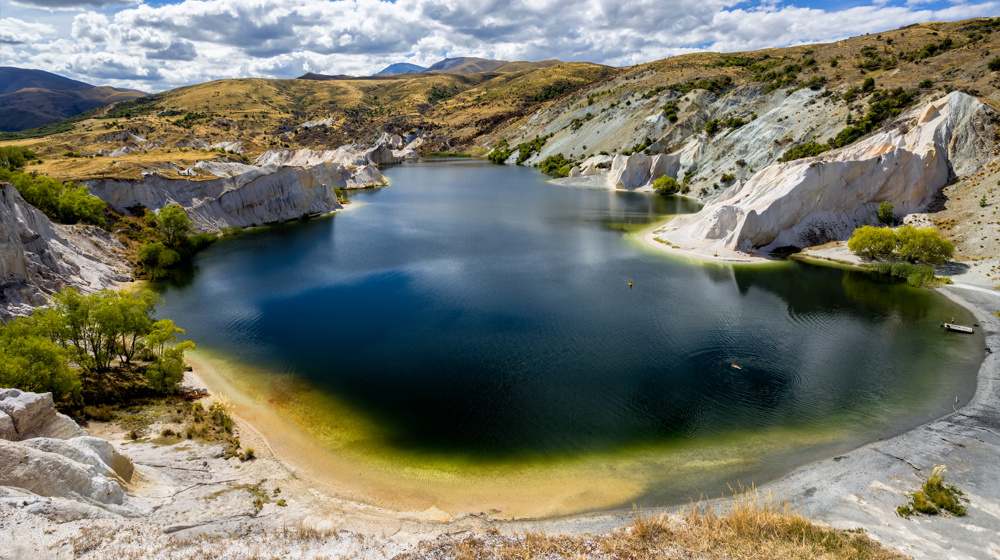
Email us
If you're ever unsure, contact our consent enquiries team who can help with consent information on 0800 474 082 or consent.enquires.orc.govt.nz
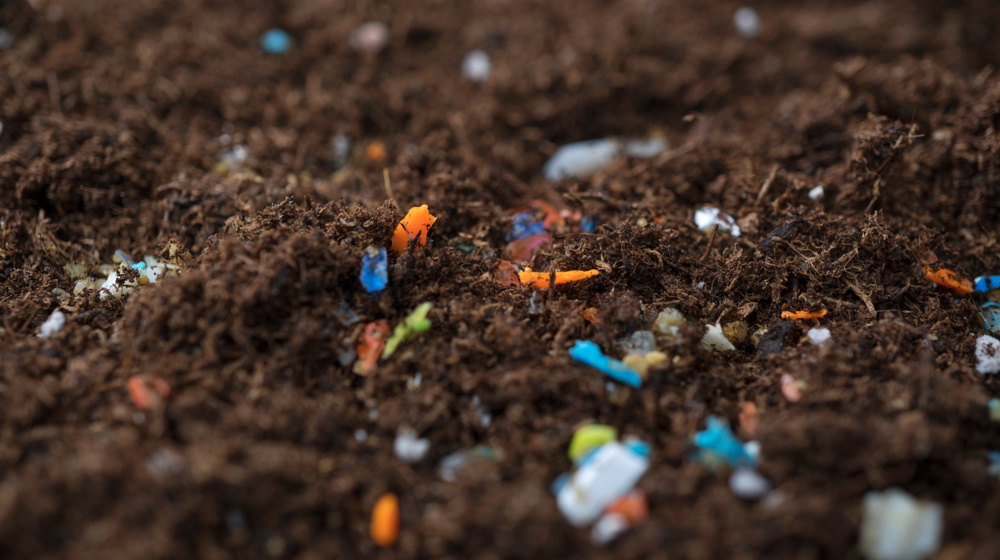
Contaminated land
Contaminants in soil can cause adverse effects on both human health and the environment through both short-term and long-term exposure. You can find the HAIL (Hazardous Activities and Industries List) database here.
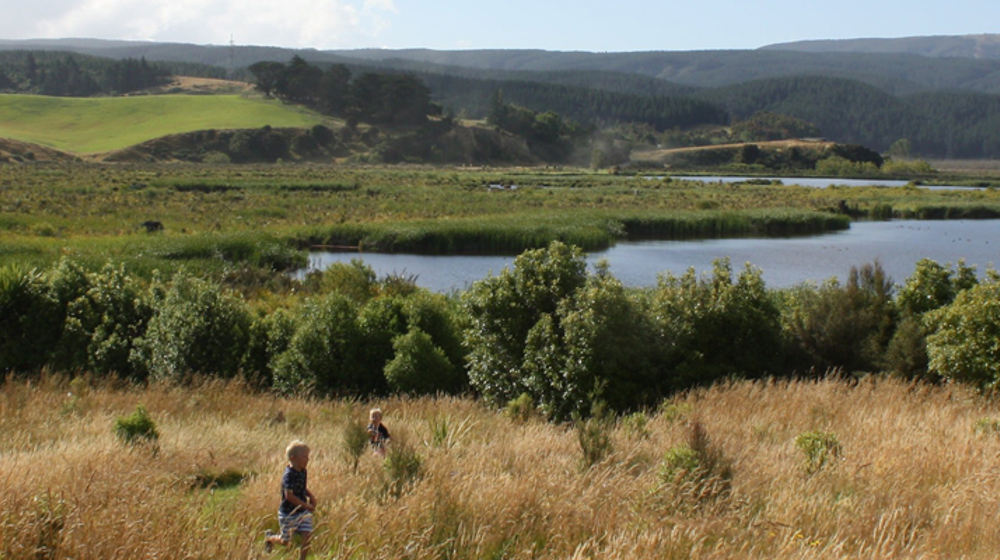
Doing works in or near wetlands
It is important to be aware of the national and regional rules when carrying out any activities in or near rivers, lakes or wetlands.
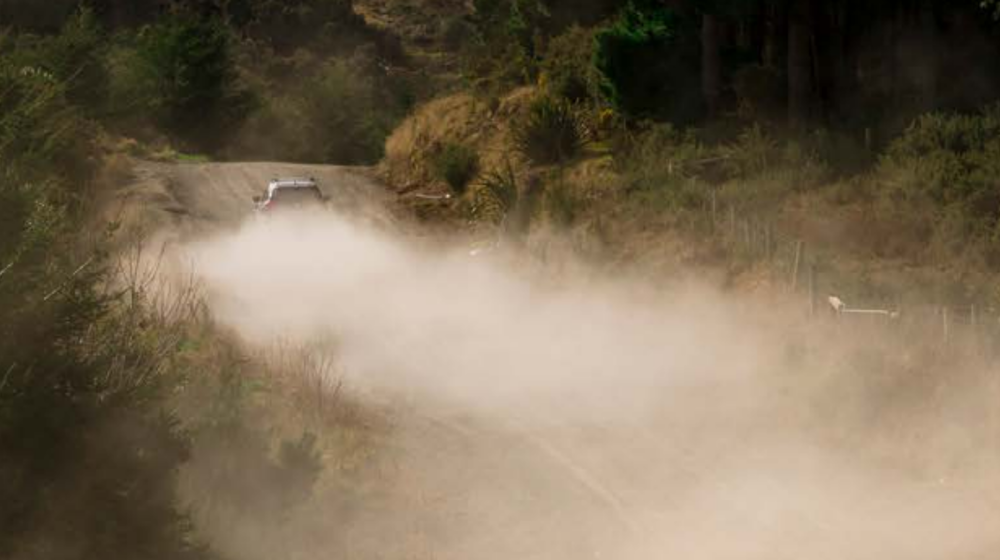
Dust suppression
Our road maintenance protects you from negative environmental effects, such as dust generation on unsealed roads.

Fish passage and instream structures
New Zealand has more than 50 species of native freshwater and sports fish. It’s important that in-stream structures such as culverts and weirs are designed to allow for fish passage.
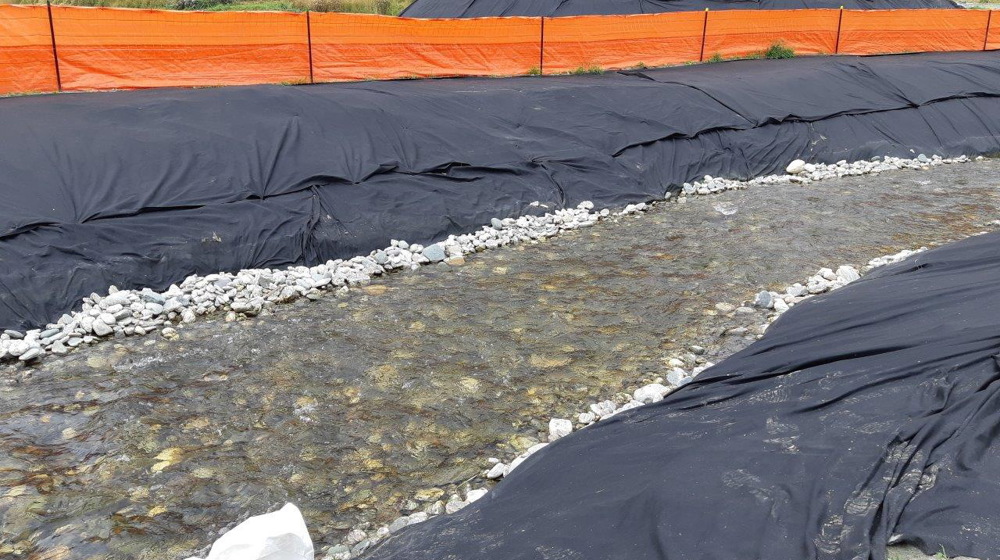
Residential earthworks
Earthworks are a necessary part of preparing land for residential development, but if the right practices aren’t used, soil can be lost to water bodies.

Working in and around rivers, lakes, and wetlands
There are both regional and national rules which that may apply to doing works in and around rivers, lakes, and wetlands.
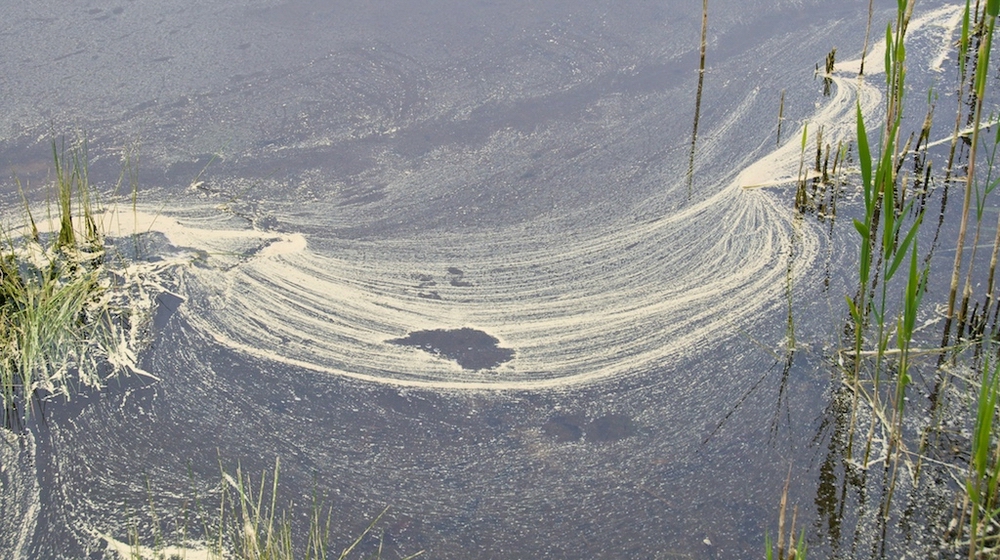
Dust
Dust can come from natural sources (like soil) and human-made sources (like industrial factories).
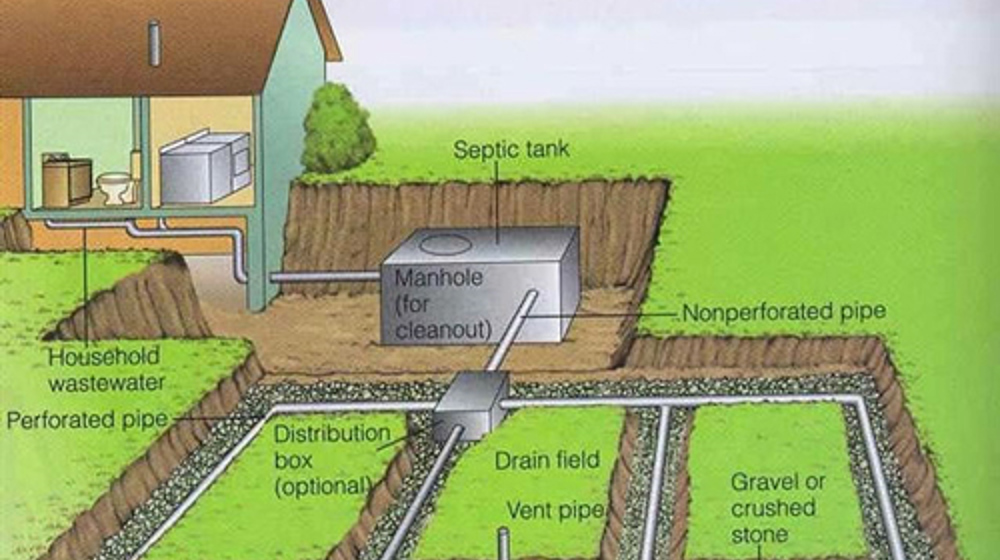
Septic tanks
It is estimated that around 14,600 Otago properties, or 38,000 people (around one in five Otago residents) are serviced by septic tanks.
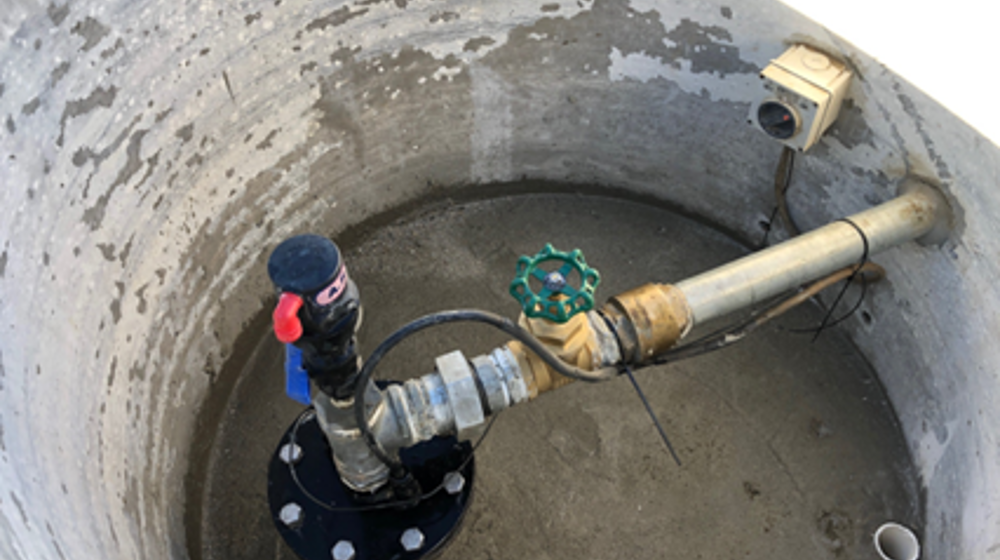
Private bore water supplies
Some properties source their water from private bores, tapping into underground aquifers. Protect your health by securing your borehead to prevent contamination and regularly test the water to meet NZ Drinking Water Standards.
The Land and Water Regional Plan may bring about changes to areas that will affect developers. Some of these areas are listed below. Please join the newsletter mailing list or contact the consents team.
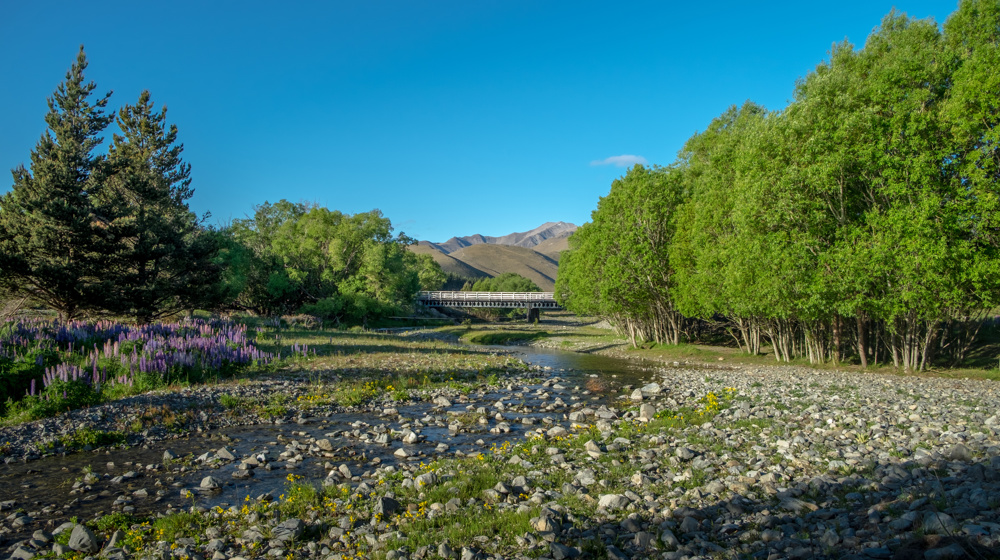
Applying the land and water plan to your activity
On this page you will find information about the changed rules and regulations relating to the Land and Water Regional Plan (LWRP).
add others
add the other areas from the Applying the land and water plan to your activity section

Bed of Lakes and Rivers
Managing all works in, on, over or under the beds of lakes and rivers, including selected activities in the riparian margin (the strip of land that runs alongside a waterway)
